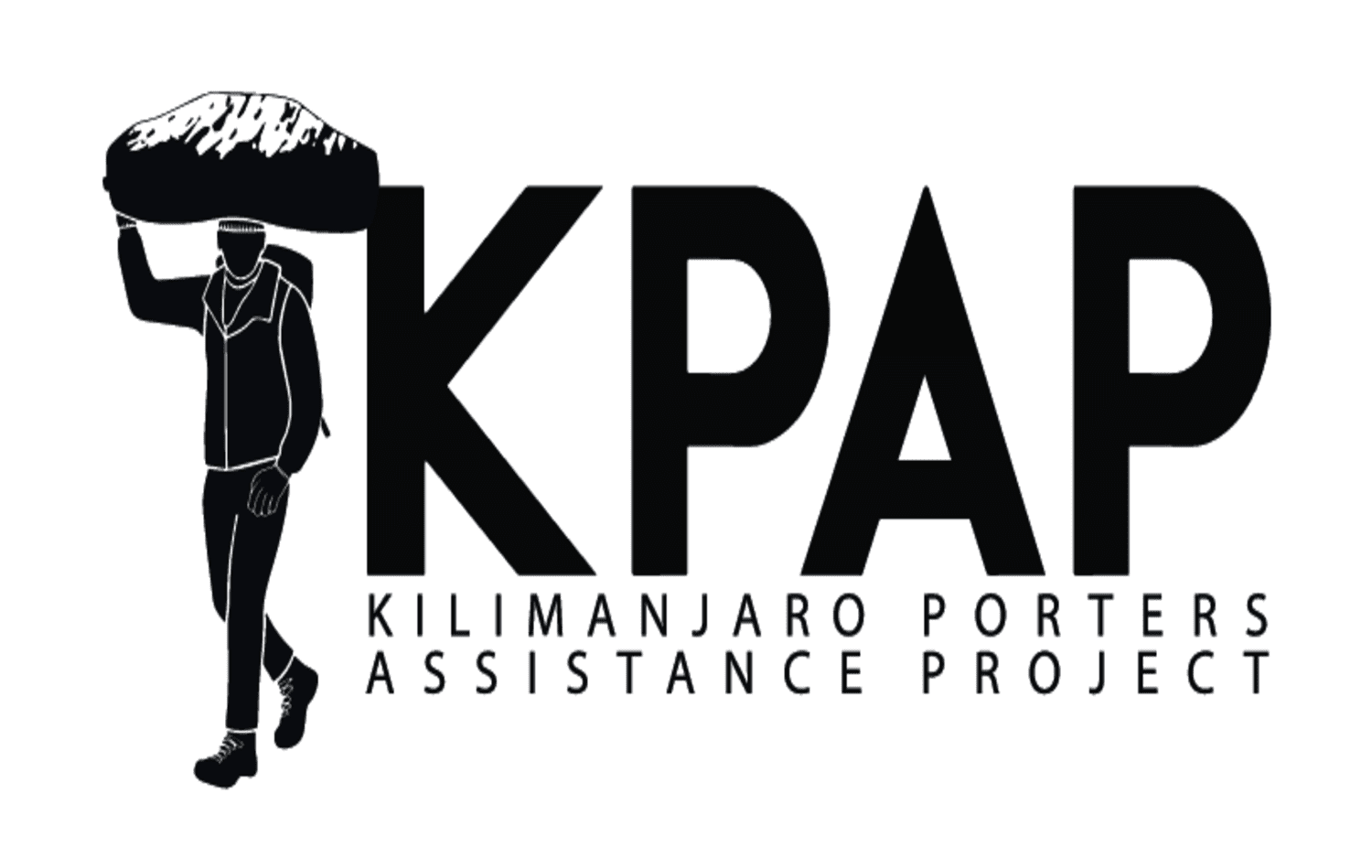Climbing Mount Kilimanjaro is a once-in-a-lifetime adventure, but it requires proper physical and mental preparation. While technical climbing skills are not needed, the high altitude, long trekking days, and unpredictable weather make training essential. A well-structured fitness plan will increase your endurance, strength, and ability to handle the altitude, ensuring a successful summit.
Since Kilimanjaro involves long hours of trekking, improving your cardiovascular fitness is crucial. Engage in aerobic exercises such as:
Aim for at least 5-6 hours of cardio workouts per week to build stamina.
Strong legs, core, and upper body muscles will help you handle the physical demands of the climb. Focus on:
Kilimanjaro requires trekking 5-7 hours per day for multiple days, so long-distance hiking is the best way to prepare. Train with a backpack (5-10kg) on rough terrain to simulate real conditions. Gradually increase the distance and difficulty of your hikes to build endurance.
While it’s difficult to train for high altitude without being at elevation, you can:
Summiting Kilimanjaro is as much a mental challenge as it is physical. Stay motivated by:
Hydration plays a key role in reducing altitude sickness. Drink at least 3-4 liters of water per day during training and on the mountain. If possible, go on a multi-day trek before Kilimanjaro to experience altitude and how your body reacts.
For best results, start training at least 8-12 weeks before your climb.
Sample Training Schedule:
| Time Before Climb | Training Focus |
|---|---|
| 12 Weeks | Start with light cardio and basic strength exercises. |
| 10 Weeks | Increase endurance hikes (2-4 hours) with a backpack. |
| 8 Weeks | Incorporate stair climbing and long-distance running. |
| 6 Weeks | Hike for at least 6 hours on rough terrain once a week. |
| 4 Weeks | Add altitude training if possible and practice hydration. |
| 2 Weeks | Reduce intensity, focus on stretching and rest. |
| 1 Week | Final gear check and mental preparation. |
Proper training will increase your chances of reaching the summit while reducing the risk of altitude sickness and fatigue. Start training at least 8-12 weeks before your climb, focusing on endurance, strength, and mental resilience. With the right preparation, you’ll be ready to conquer Kilimanjaro and enjoy every step of the journey.



TERMS AND CONDITIONS | AFRICAN SAFARI | PRIVACY POLICY | REFUND POLICY | FOR TRAVEL AGENCIES | HOTELS IN TANZANIA | OUR BLOG
© 2025 Shiri Adventures